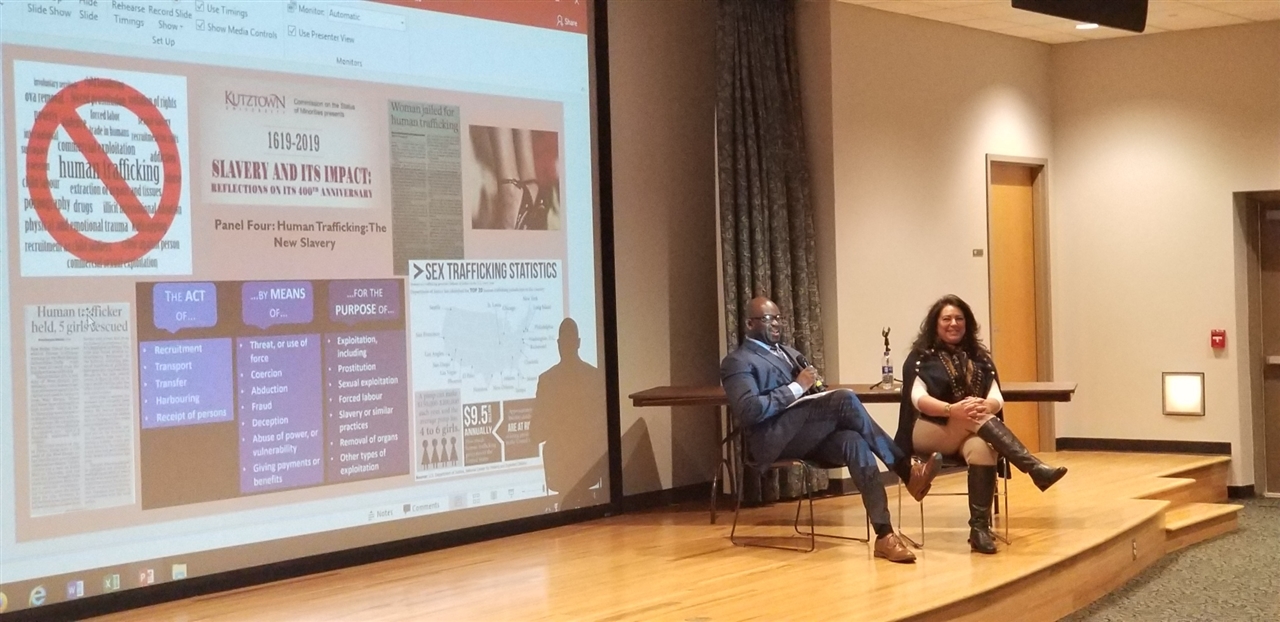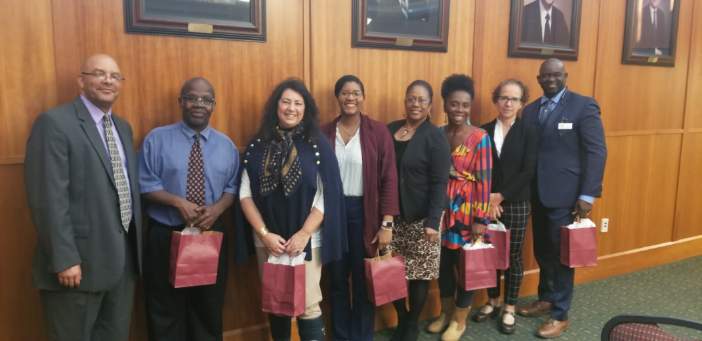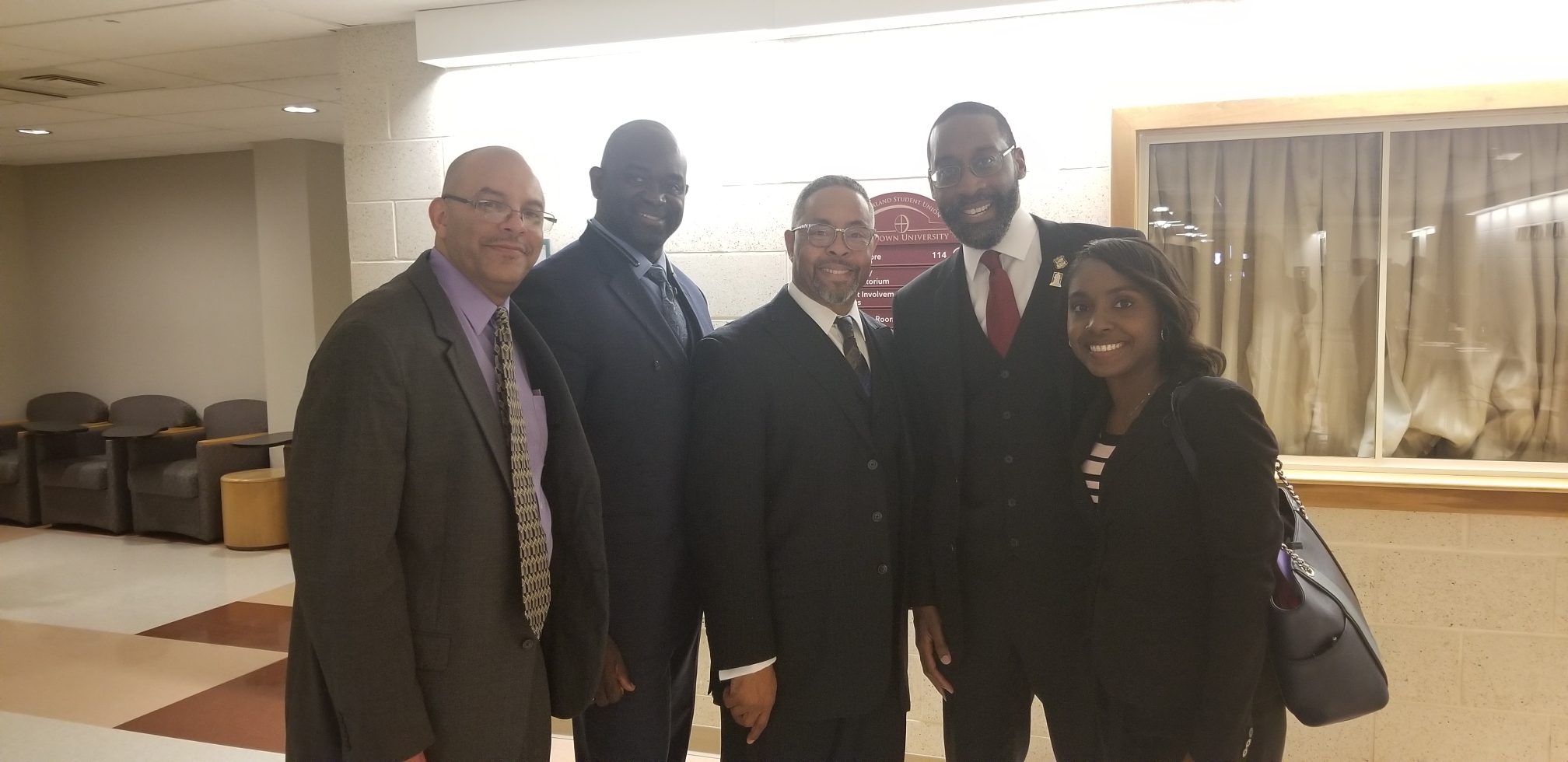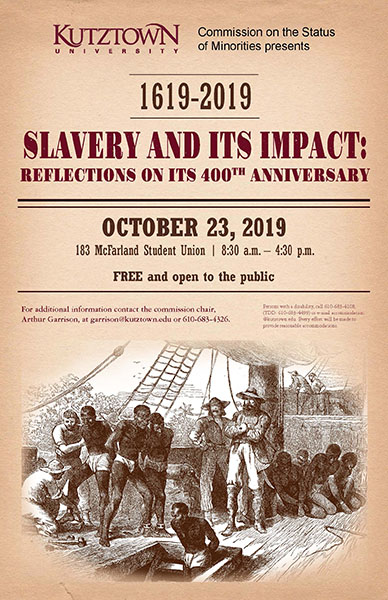In May 1607, the Virginia Company of London established the first colony on the North American continent in Jamestown, Virginia. The Virginia colony was established 13 years before the arrival of the Puritans in Cape Cod, Plymouth, Massachusetts, in November 1620. The Jamestown settlement was a financial venture to establish an English foothold on the continent, to establish a system of trade for North American raw materials.
The Jamestown colony during its first few years was not successful; in fact, the inhabitants nearly starved to death. But in 1613, John Rolfe introduced tobacco as a cash crop in Jamestown. Tobacco proved to be the colony’s salvation when it became the most profitable export industry in the colony and by 1617–1618 more than 40,000 pounds of tobacco was shipped to England. Tobacco was the first of many colonial products farmed to meet European demands for luxury and commercial goods. Farming tobacco proved to be profitable, but it was very labor intensive which was a problem because of the lack of farm labor. The solution was the participation in the international slave trade. The international slave trade was centuries old by the time the first Africans were brought to Jamestown.
Even before the first colonies were settled in the North American continent, the European colonization of South and Central America and the use of large agricultural lands for the harvesting of tobacco and sugar fostered the need for the importation of more than ten million Africans by the European nations to farm these agricultural estates in the Americas.
The international slave trade involved various European nations that forced the immigration of Africans to the Americas and the Caribbean.
- The Portuguese between 1441 and 1836 imported 5.8 million
- The French between 1549 and 1818 imported 1.4 million
- Great Britain between 1562 and 1807 imported 3.3 million
- The Netherlands (Dutch) between 1619 and1814 imported 555,300
- Denmark between 1649 and 1802 imported 85,000
The international slave trade route was a triangle. The first angle was from Europe to Africa in which the European slave traders would trade guns, ammunition, and other finished goods for African slaves. The second angle was from Africa to the Americas and the Caribbean—the Middle Passage. It is estimated that 10-15% (two million) of those imported did not survive the Middle Passage. This angle involved the selling of African slaves for goods for Europe—tea, spices, cotton, tobacco, and other goods. The third angle was the return of these goods to Europe, which were processed as finished goods for sale and trade.
On August 20, 1619, only 13 years after the colony was established, 20 African slaves arrived in Jamestown, Virginia, from Angola. They were originally enslaved by Portuguese slavers and placed on the San Juan Bautista destined for Veracruz in the colony of New Spain but were intercepted by two English ships which took about 60 of the slaves as bounty, and one of the two ships, the White Lion, landed in Point Comfort (Jamestown) looking for supplies. They were subsequently used as forced laborers in raising tobacco. The arrival of the slaves proved to be very beneficial to the developing tobacco-growing agricultural aristocracy of Virginia. Tobacco, and the large tracks of land required for harvesting it, birthed the southern system of plantations, the plantation aristocracy in the South, and the rise of generational wealth fueled and defined by slavery. Within 12 years of the importation of these 20 slaves, more than half a million pounds of tobacco were exported.
Consider the following relationship between the founding of America and black people in American history:
- between 1619 and 1865 is 246 years
- between 1789 and 2019 is 230 years
- between 1865 and 1968 is 103 years
- between 1968 and 2019 is 51 years
The enslavement of black people in the colonies and then in the United States (1619–1865) lasted 246 years, which means slavery and the racism that undergirded it is 16 years older than the entire constitutional history of the United States!
The history of the Black Codes, Jim Crow, and black people being second-class citizens by law (103 years) is slightly less than half as old as the entire constitutional history of the United States (230 years).
Black people being free from Jim Crow (statutory second-class citizenship) is only 51 years old in a country that is 230 years old.
Slavery in America was more than an economic system. Slavery in America adopted the assertion that black people were by definition inferior to white people. The same man who wrote, “we hold these truths to be self-evident that all men are created equal” in 1776, wrote in 1781 that “Blacks, whether originally a distinct race, or made distinct by time and circumstances, are inferior to the whites in the endowments both of body and mind.” More significantly it was asserted by Thomas Jefferson, U.S. Senator John Calhoun, as well as U.S. Senator and President of the Confederacy of the United States Jefferson Davis that enslavement to white people was the natural state of black people in human history. Jefferson found disagreement with Calhoun and Davis on their assertion that slavery was a net positive good. The Supreme Court proclaimed in 1857 that there was no law respecting the rights of black people that white people were obligated to obey. After the Civil War and the fall of Reconstruction the Supreme Court not only said in 1896 that separate but equal was constitutional, but in 1883 ruled that the federal government had no power to protect black people from discrimination at the hands of white people.
After the Civil War, the Thirteenth Amendment was passed which outlawed slavery, “except as a punishment for crime whereof the party shall have been duly convicted….” Subsequently, black incarceration replaced black enslavement. Jim Crow adopted criminal justice policies that criminalized black behavior, required forced work under threat of imprisonment, and passed laws that incarcerated black people for months or years to support the continued need for labor on southern plantations. With the fall of these Jim Crow criminal justice policies — convict leasing, peonage, criminal surety, and apprentice laws at the dawn of World War Two — America in the 1970s through the 1990s adopted new criminal justice policies including, the war on drugs, militarized policing, and mandatory minimum sentencing. These new policies resulted in America exceeding one million people in prison in 1995 with black people accounting for 50 percent of the total U.S. prison population between 1989 through 1995. This disproportionate incarceration has remained with black people accounting for 33 percent of the current prison population while only accounting for 13-14 percent of the total U.S. Population.
Now consider the historical, political, economic, sociological, and psychological developmental impact of this history. Consider the impact of this history on how criminal justice and other government institutions developed and their perception and treatment of black people when black people have only been recognized as equal under the law for 51 years in a nation that is 230 years old.
What is the legacy of this history? Does it matter? Should it matter? How should this history be taught in schools and college classrooms? The goal of this conference, acknowledging the 400th anniversary of the first slaves to arrive in Virginia, is to address these questions.












